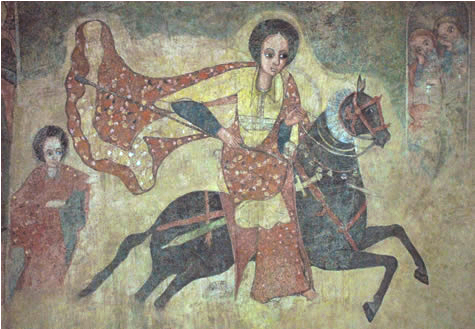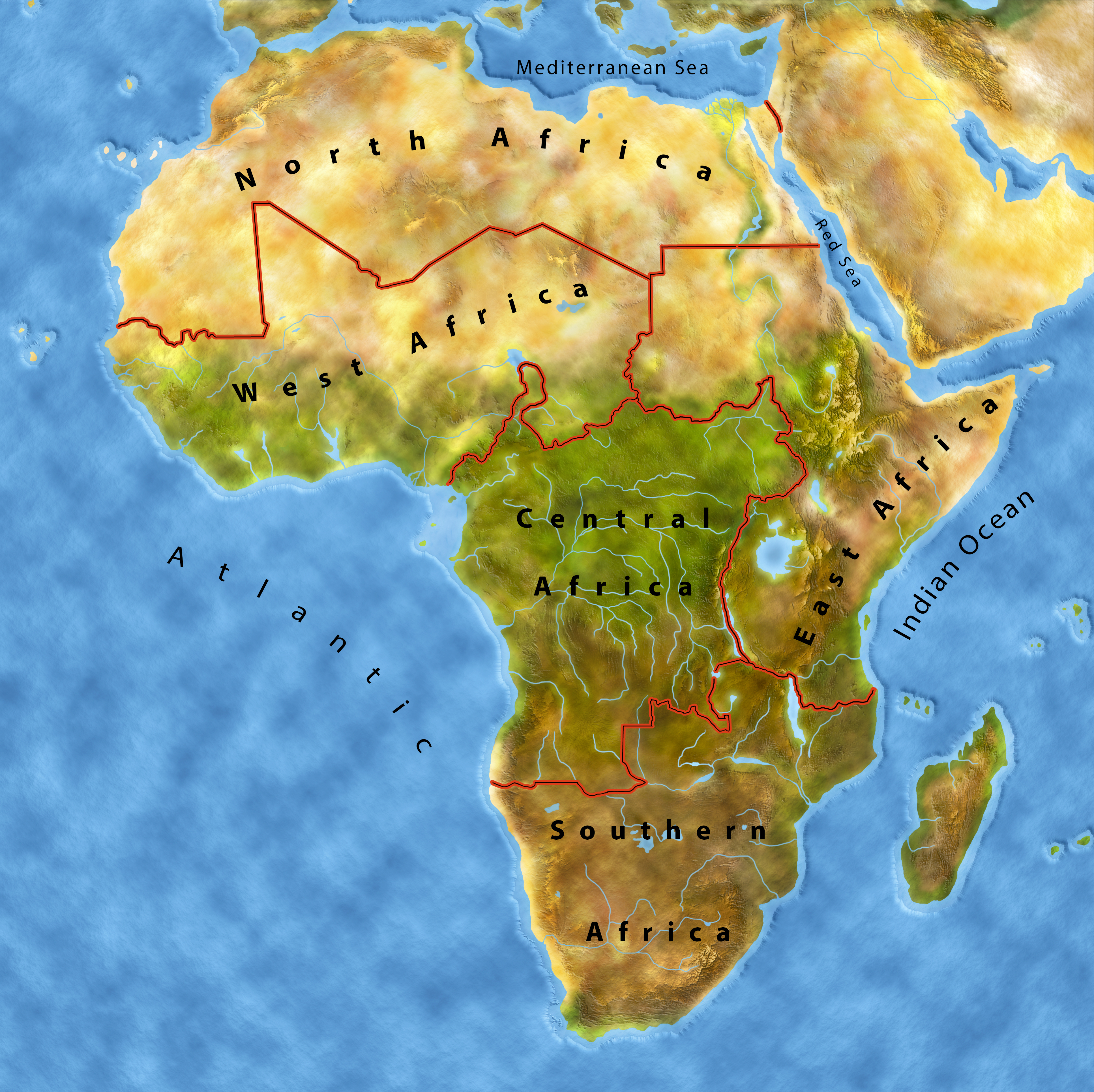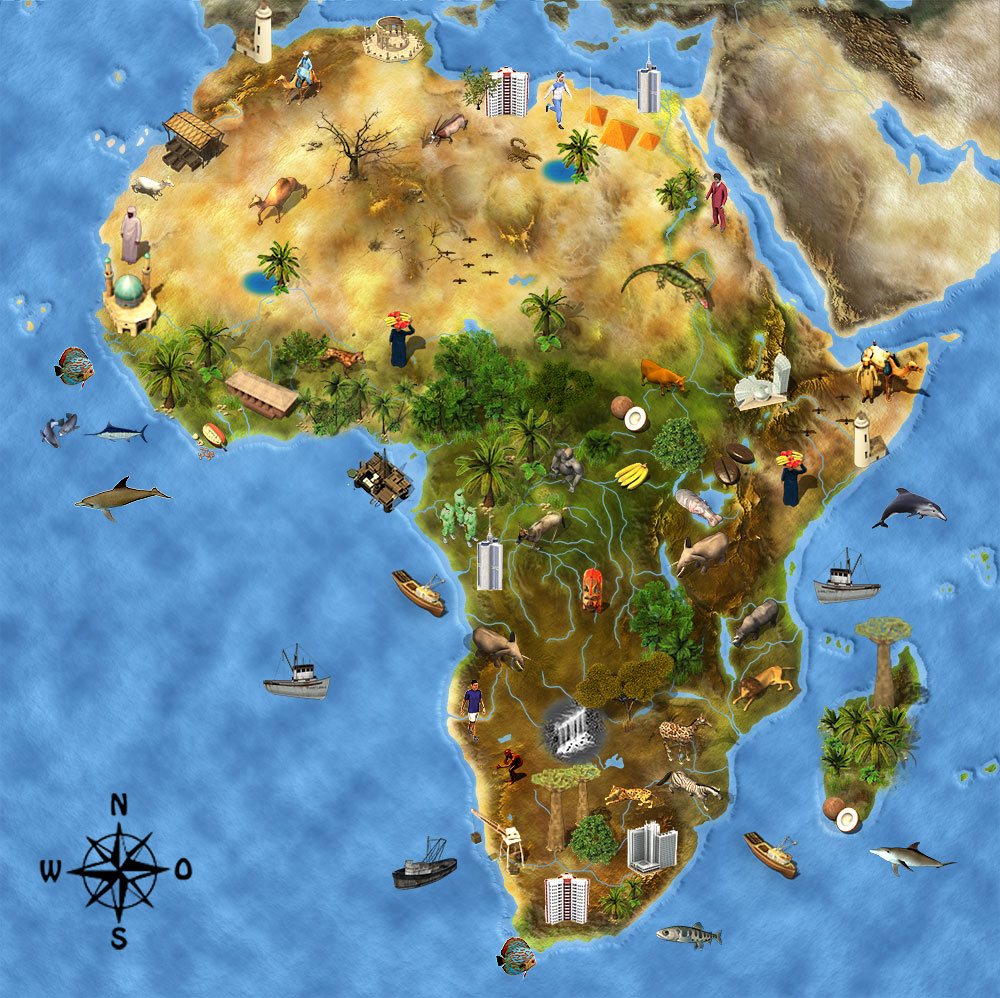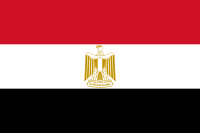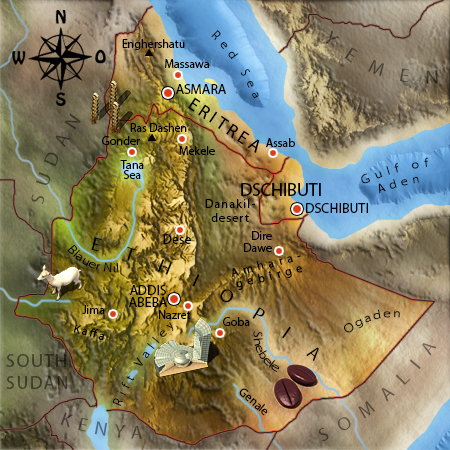Tadiyass, welcome to Ethiopia, the land of coffee!
Ethiopia is a beautiful country with a very long history. 25 centuries ago the Queen of Sheba laid the foundations for the world’s oldest empire here. 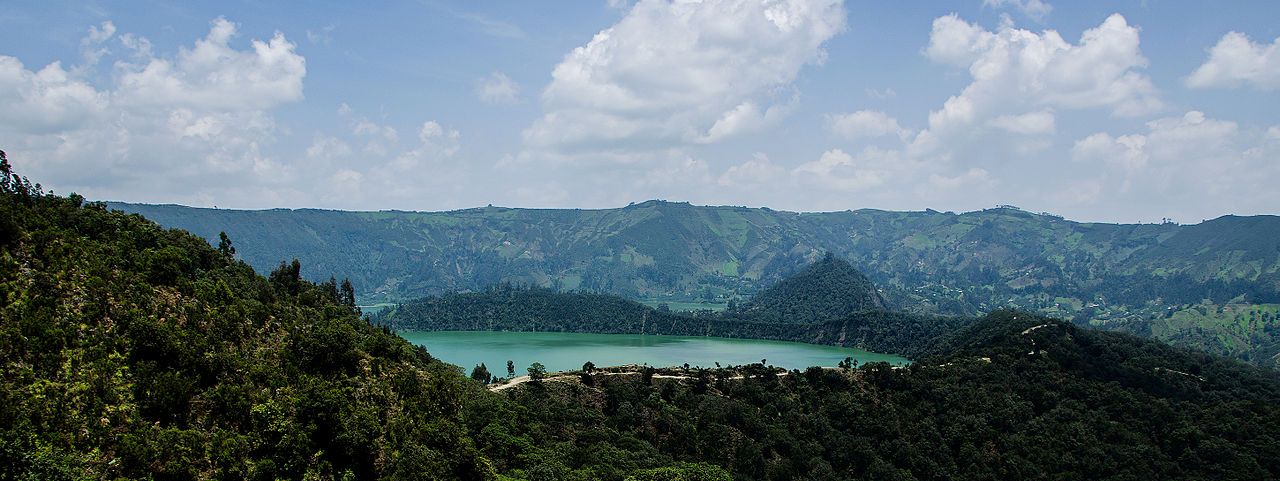
Ethiopia is in the east of Africa. It is a landlocked country surrounded by Sudan, Kenia, Somalia and Eritrea. The country has no access to the Red Sea. Ethiopia is known for the Abyssinian Highlands. These mountainous Highlands could be compared to the highlands in Scotland. The source of the Blue Nile river is also in the Highlands. Because of its dark colour, it is sometimes called the “earthy river”. Lake Tana is the largest lake in Ethiopia.
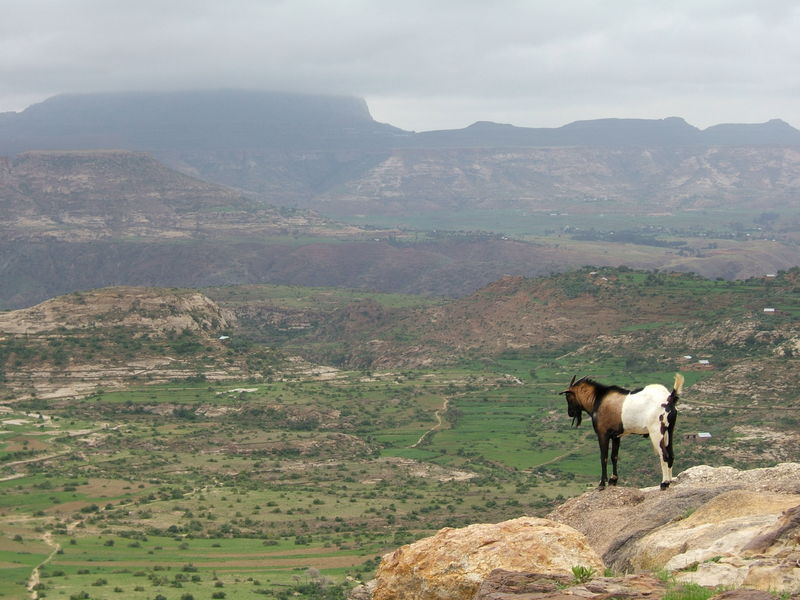
The Ethiopian Highlands are called The Roof of Africa. They are also simply spectacular. They contain the largest continuous area of high altitude land in the whole of the continent. The Great Rift Valley runs through the center, splitting the Highlands in two. In earlier times, dense forests of Acacia and Baobab trees grew on the Highlands. As a result of forest clearing, many plants and animals have disappeared. Some of the oldest plants in the world still survive in the savannahs and rainforests. Coffee originates from Ethiopia’s Kaffa Province.
Addis Abeba, the Capital of Ethiopia
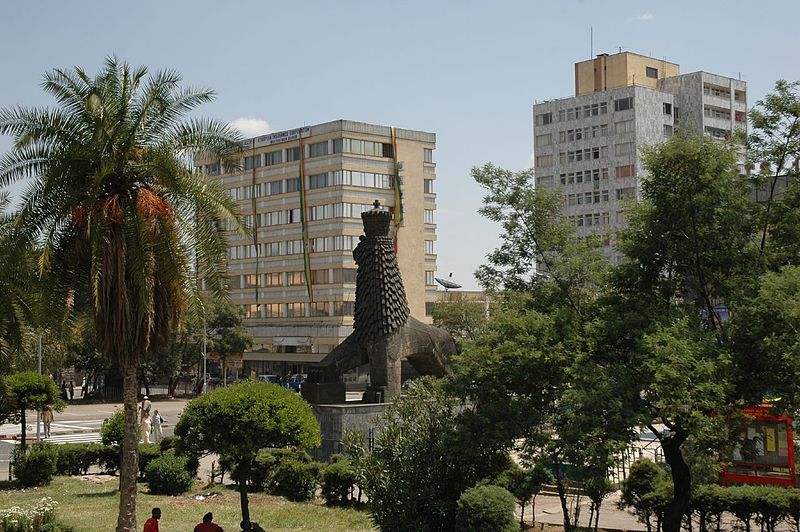 Addis Abeba, the capital city of Ethiopia, is found in the Abyssinian Highlands. The name means “new flower”. The area was once the residence of the medieval emperors. At the end of the 19th Century, emperor Menelik II’s wife transformed the residence into a city. Today, Addis Abeba is Africa’s political centre.
Addis Abeba, the capital city of Ethiopia, is found in the Abyssinian Highlands. The name means “new flower”. The area was once the residence of the medieval emperors. At the end of the 19th Century, emperor Menelik II’s wife transformed the residence into a city. Today, Addis Abeba is Africa’s political centre.
Peoples and Languages
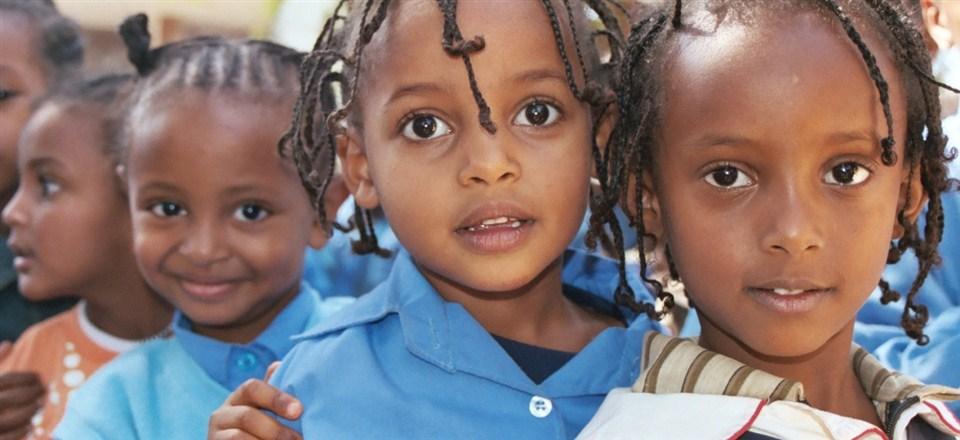
Ethiopia is the land of languages. Over 70 different languages are spoken across the country. The reason is that the Ethiopians comprise many different peoples, including the Oromo, Amhara, Tigrai, and many more. Under the country’s constitution, all local languages in Ethiopia have official state recognition. The Amharic is used as the language of communication in many parts of the country and also by the government. All local languages are valued, they have official state cognition.Christianity came to Ethiopia in the fourth century. Still, the Ethiopian Orthodox Church plays an important part in the country’s culture, festivals and visual arts. Islam was introduced in the seventh century and is now practised by about one-third of Ethiopians, mostly in eastern regions. In this region, major Islamic festivals such as Eid Al-Fitr are also official holidays.
Ethiopian Celebrations
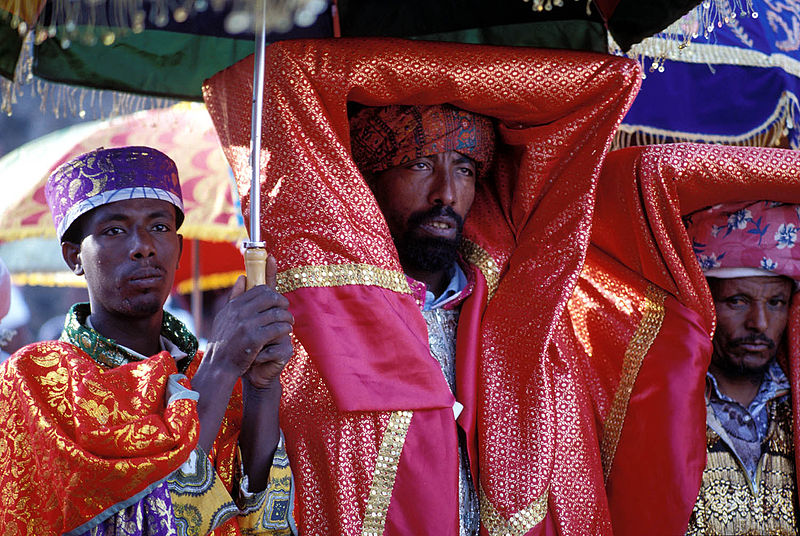 Most Ethiopians are Christians and celebrate the same occasions as we do. The most important celebration is Fassika at Easter. Easter is celebrated later in the year as the Ethiopian calendar has not 12, but 13 months. In the two months before Easter, Ethiopians observe a strict fasting period. They do not consume any meat, milk or butter during this time. When Easter arrives they enjoy a feast of lamb goulash and flat bread.
Most Ethiopians are Christians and celebrate the same occasions as we do. The most important celebration is Fassika at Easter. Easter is celebrated later in the year as the Ethiopian calendar has not 12, but 13 months. In the two months before Easter, Ethiopians observe a strict fasting period. They do not consume any meat, milk or butter during this time. When Easter arrives they enjoy a feast of lamb goulash and flat bread.
School and Education
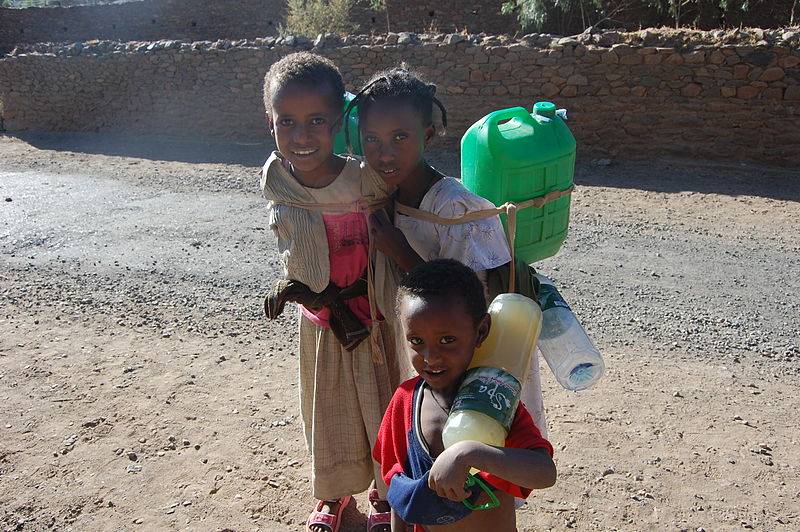
Nearly all children of Ethiopia start to go to school at the age of six. The government provides free access to education. However, remaining costs for uniform and books make schooling unaffordable for some poor families in the long term. And in remote rural areas, only one third of the children go to school. Class sizes are large and schools are often in poor repair. However, the government is funding new schools and the training of many more teachers to cope with an increase in pupil numbers. School is compulsory until a child is 12 years old. Most children will have left school by this age, particularly if they are from poor families. They take on agricultural work at home, or work in local cottage industries.
Attractions
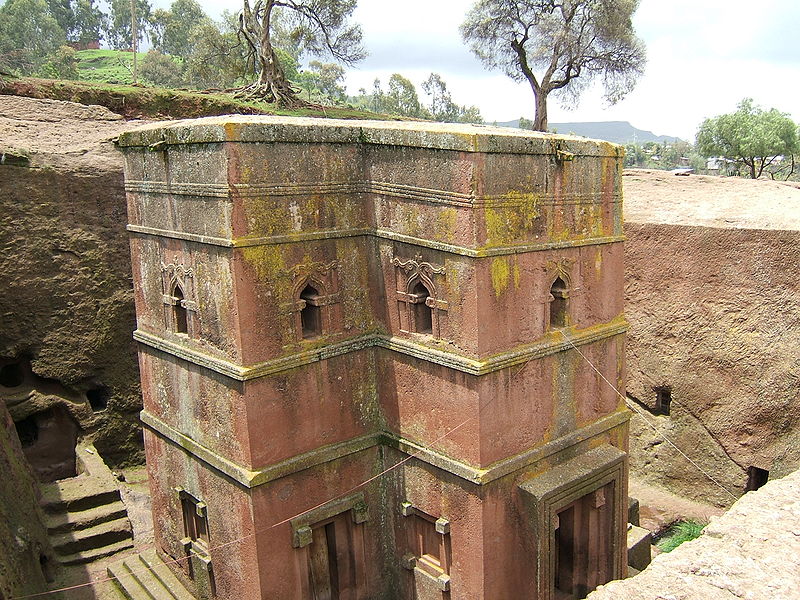
Ethiopia has amazing historical cities, monuments and places listed as UNESCO World Heritage sites. Some go back to prehistoric times where evidence of our earliest ancestors has been found. Our most promenent ancestor, Lucy, was found in Ethiopia. The ruins of the ancient city of Aksum tell of a once powerful kingdom in first–eighth centuries. Remains of this important historical site include tombs, castle ruins and giant stelae. In Ethiopia you can find the most spectecular ancient churches, called the Lalibela churches. The rock-hewn churches are sitting below ground-level at Lalibela. These were carved out of the red volcanic rock in medieval times. Many people are drawn to these amazing buildings, including pilgrims who come to Lalibela to celebrate Christian festivals.
Ethiopia's Animal Kingdom
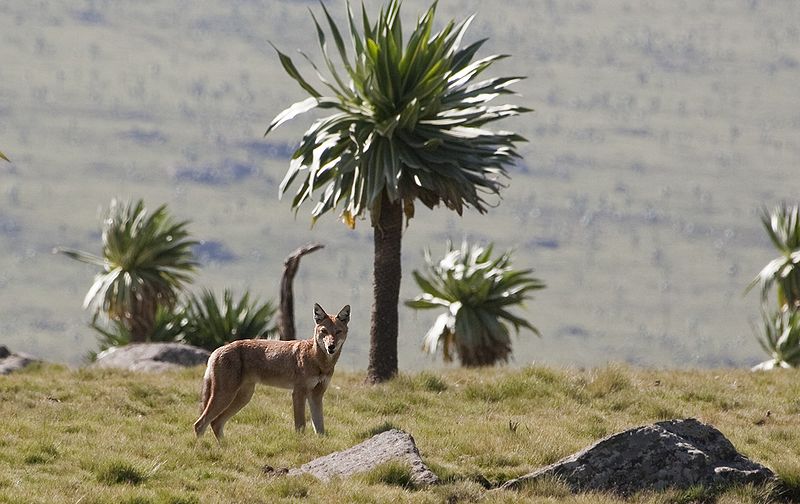 Ethiopia’s animals are typical of those found in highland mountain ranges. Wolves, gazelles, goats, baboons and Meer cats live in the highlands. Many species of bird, reptiles, snakes and frogs can be observed in Ethiopia’s forests. Many wild animals have become rare. Animals living in national parks are highly protected.
Ethiopia’s animals are typical of those found in highland mountain ranges. Wolves, gazelles, goats, baboons and Meer cats live in the highlands. Many species of bird, reptiles, snakes and frogs can be observed in Ethiopia’s forests. Many wild animals have become rare. Animals living in national parks are highly protected.
Economy and natural Resources
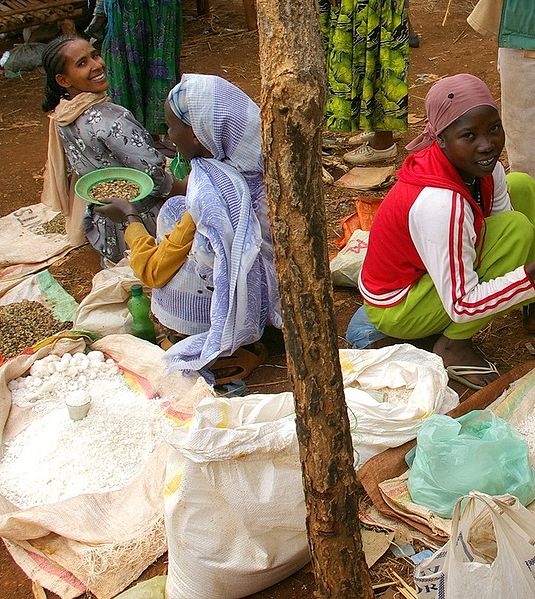
Ethiopia is known as the land of coffee. In the tenth century nomadic mountain people may have been the first to recognize the stimulating effect of coffee. Since that time coffee is cultivated in Ethiopa. Most of the Ethiopiens live of agriculture. The central plateau of the country supports a huge population with one of the largest areas of fertile land in east Africa.Farmers grow vegetables, teff, which is a grain-producing grass, millet, maize, wheat, and beans for the local market. Many small-holders also grow coffee as a cash crop. Livestock rearing is also a common farming activity, with meat and skins from goats and sheep exported. Ethiopia has one of fastest-rising economies in Africa. However, many Ethiopian farmers struggle to make a living from their production. Half of the population lives on less than a dollar each day.
History
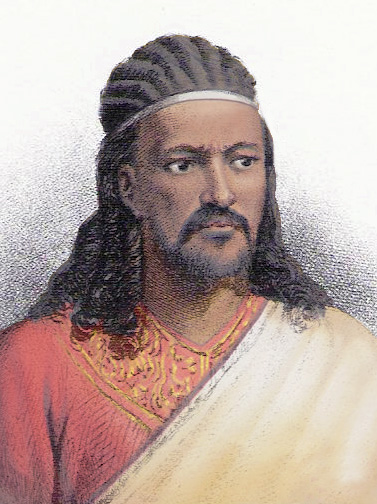 Ethiopia is a very special country. Researchers have discovered some of the oldest signs of human life there. Scientists consider the region as origin from which the homo sapiens first set out for the Middle East and beyond. The Abyssinian Empire was formed in Ethiopia 10,000 years before Christ and is the oldest state in the world. According to legend, the Queen of Sheba’s son, Menelik, was the one who founded this empire. This is also where Aksum, the first Christian empire, was founded. The Aksumite Empire stretched as far as the Arabian territory. At the end of the 12th Century, King Lalibela founded a city in the Ethiopian desert, which was named after himself. Lalibela is still marvelled at today for its magnificent churches carved from huge rocks. In the 19th Century Tewodros II was in power and he fought for the independence of the Empire. In 1974, the Abyssinian Empire was overthrown. After a military dictatorship, a rebel group managed to take control of government.
Ethiopia is a very special country. Researchers have discovered some of the oldest signs of human life there. Scientists consider the region as origin from which the homo sapiens first set out for the Middle East and beyond. The Abyssinian Empire was formed in Ethiopia 10,000 years before Christ and is the oldest state in the world. According to legend, the Queen of Sheba’s son, Menelik, was the one who founded this empire. This is also where Aksum, the first Christian empire, was founded. The Aksumite Empire stretched as far as the Arabian territory. At the end of the 12th Century, King Lalibela founded a city in the Ethiopian desert, which was named after himself. Lalibela is still marvelled at today for its magnificent churches carved from huge rocks. In the 19th Century Tewodros II was in power and he fought for the independence of the Empire. In 1974, the Abyssinian Empire was overthrown. After a military dictatorship, a rebel group managed to take control of government.
Ethiopia today
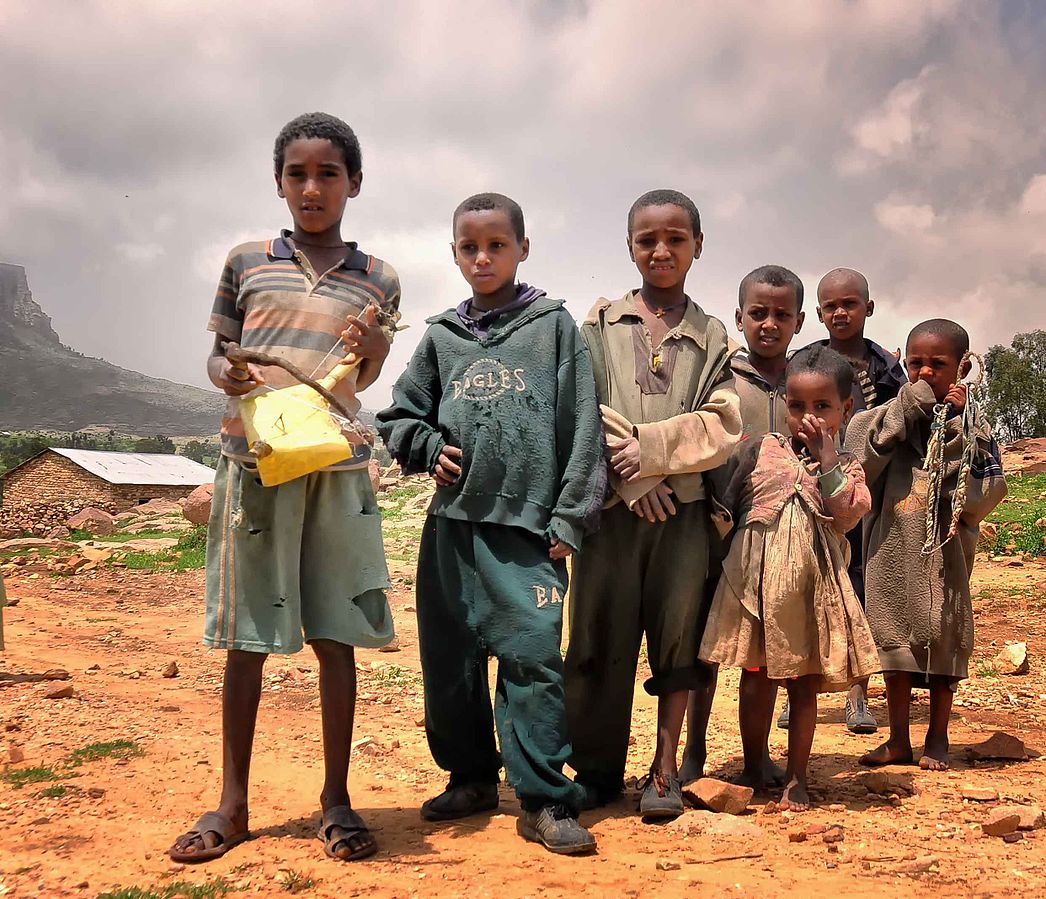 Ethiopia is old by its history but young by its peoples. Half of thepopulation is younger than 18 years. Ethiopia has one of the fastest growing economies of Africa, but most of the people are poor. The economy struggles with a fast rising population. The government does much to improve the education system and to build more schools. Children are expected to attend school but many are forced to stay at home and help on the fields. Most families are not able to afford further education, let alone the costs of a university degree.
Ethiopia is old by its history but young by its peoples. Half of thepopulation is younger than 18 years. Ethiopia has one of the fastest growing economies of Africa, but most of the people are poor. The economy struggles with a fast rising population. The government does much to improve the education system and to build more schools. Children are expected to attend school but many are forced to stay at home and help on the fields. Most families are not able to afford further education, let alone the costs of a university degree.
